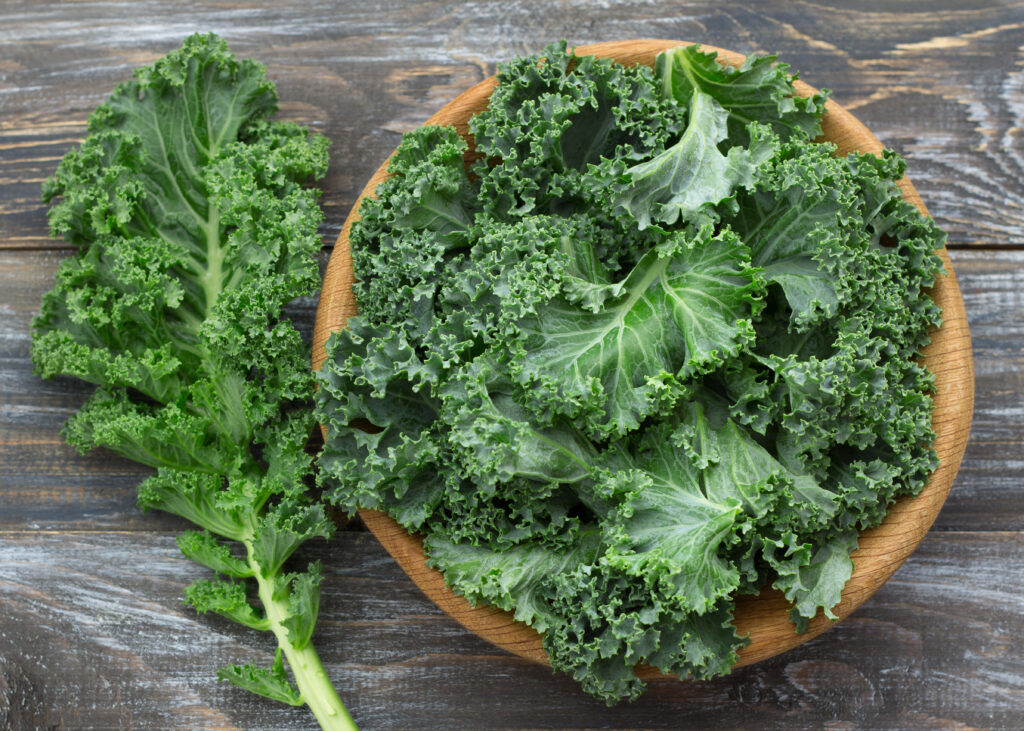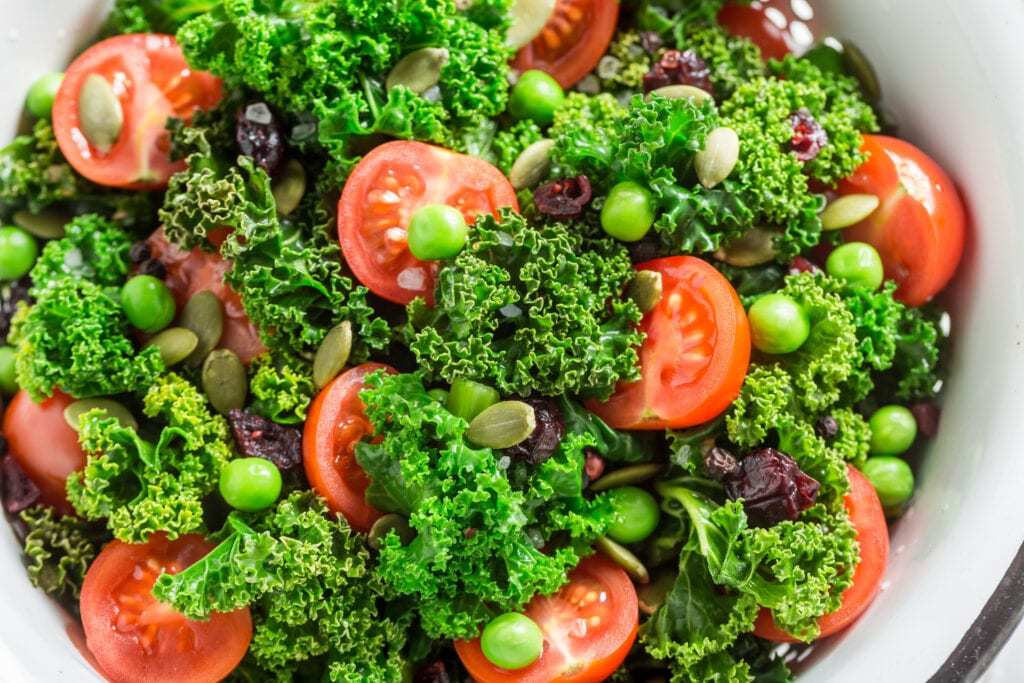
Everything You Should Know About Kale
You’ve had green colors dancing in your salad. But have you ever wondered if each shade is a different species that constituted as an essential component of your salad? Have you ever wondered if the cabbage had a family too?
Well, today’s the day to enlighten yourself. Cabbage does have a family. That doesn’t make it illegal to consume it but only better. Family members like Kale are eager to jump into your plate, become a part of your diet, and help you have a better life.
With that said, have you met Kale properly yet? Not yet? Well, don’t worry. We’re diving deep into the greens today. Brace yourself!
Kale’s Backstory
Tracing its roots into the Mediterranean and Asia, the Kale has long been a famous vegetable due to its interesting uses and benefits. The Kale first got massively cultivated in the 2000B.C., and the vegetable rapidly reached the lands of Greece, Russia, Canada, and even the USA.
At the time of World War 2, Kale cultivation experienced its peak. Countries, like the UK, encouraged the growth of Kale as it grew quickly and easily. Also, the Kale provided a nutrition-filled meal when the food resources were running low.
Believe it or not, Kale has also made a name in literature. The vegetable became a prominent part of the story plot of the book Autumn in Kyle and the charm of Cunninghame. In which, the neighboring village of the character purchases Kale seeds for a hefty amount.
Concisely, Kale has maintained a prime position ever since its first cultivation. And, the position is still there as the food enthusiasts cherish adding Kale to every other meal.

Types of Kale
Here’s another surprising fact about this vegetable: it comes in several shapes and colors! It’s not that they are entirely different from one another, but they do hold their noteworthy differences. Also, they are not countless but have enough varieties to qualify for the word several.
Some of the common types include:
1. Curly Kale
Curly Kales are the ones you get to greet in grocery stores and dining tables most often. I’d have to say that they are the most extrovert members of the family! Sometimes, wearing a green color and other times a deep purple. Either way, they’re the ones that bring a glorious look to the salads and other dishes with their voluminous looks. But make sure you shake hands with the younger ones, as the older ones develop a bitter taste with age.
2. Ornamental Kale
Evident from the name, ornamental Kale comes with a flattering appearance. It resembles a flower with a purple or white center. People use it mostly to enhance the look of their dishes.
| Nutritional Breakdown |
| 100-grams of Kale has: 1. 49-calories 2. 491mg potassium 3. 4.3g protein 4. 9g carbohydrates 5. 200% of Vitamin C 6. 199% of Vitamin A 7. 15% of calcium 8. 11% of magnesium |

Benefits of Kale
As mentioned before, Kale has a lot of benefits to offer. After researching a few studies and pdfs, here is what I can guarantee about Kale:
- Helps in the reduction of excessive weight– Kale is low in calories but has high water content. Hence, eating Kale makes one feel fuller and prevents overeating. Moreover, as the calories are low, you will not gain rapid weight, regardless of how much you eat.
- Promotes heart health– According to several studies, consumption of around 4000mg of potassium every day reduced the risk of heart problems significantly. As Kale has good amounts of potassium in it, one has lower chances of experiencing heart diseases and strokes.
- Protects Eyesight– Kale also contains essential vitamins, such as lutein and Zeaxanthin. These vitamins improve eyesight and protect against age-related degeneration. However, the vitamins should get consumed in low amounts, like 5-10mg.
- Improves the blood clotting system- The blood clotting system of a human body prevents loss of blood by turning the blood cells into a mesh. Perhaps, you must have noticed that whenever blood oozes from your wound, it gets automatically replaced by a clot. Well, Kale contains such vitamins that boost one’s blood clotting system.
- Lowers risk of cancer– Have you ever wondered why Kale tastes bitter? It does because of the presence of sulfur compounds. These compounds break down to release activated Idoles and Isothiocyanates, after digestion. The activated elements detoxify the human body and hinder the growth of cancer. They also have anti-inflammatory effects and protect cells against damage.
- Improves the immune system– Kale has vitamin C in abundance that boosts the immune system and reduces oxidative stress.
- Enhances skin– Kale promises one with better skin as it fuels your body with vitamin A. People deficient in vitamin A have dry skin and other problems. Read more in How to Detect Vitamin Deficiencies?
Leave your comment
You must be logged in to post a comment.